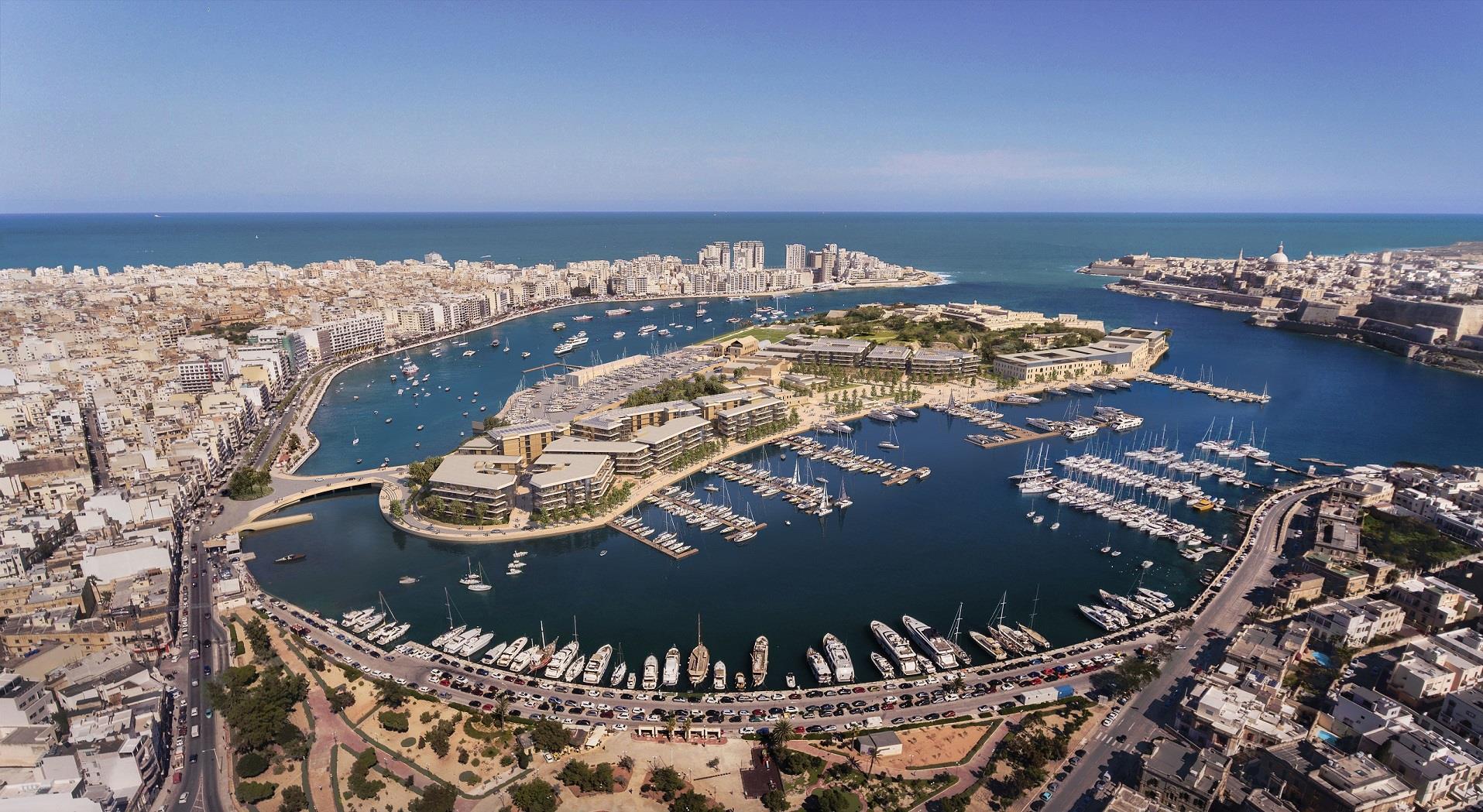The Planning Authority recently unanimously approved the revised masterplan for the restoration and development of Manoel Island.
Newsbook.com.mt asked MIDI CEO, Mark Portelli what was behind the decision to revise the Masterplan.
“The decision to revise the masterplan is a result of the site investigations carried out, during the past two years, under the supervision of an independent archaeologist approved by the Superintendence of Cultural Heritage,” explained Mr Portelli, “The areas investigated were highlighted in the Cultural Heritage Report, prepared by Perit Said, which formed part of the original EIA, as archaeologically sensitive requiring further investigation. The investigations established that a large part of the site, which was previously earmarked for development, is of archaeological importance. This prompted MIDI to draw up a new masterplan for Manoel Island.”
The revised masterplan contemplates that the footprint of the new buildings to be developed on Manoel Island will be scaled down from 26% to less than 10% of the site area while the gross floor area of the new buildings will total 55,000sqm compared to the 95,000sqm as contemplated in the Deed of Emphyteusis entered into with the government.
“Our aim is to create a more sustainable development, which boasts 175,000sqm of public open space (equivalent to 22 football pitches). This represents an increase of approximately 20% when compared to what was contemplated in the original masterplan,” Portelli explained.

Apart from the reduction in the area to be developed the revised masterplan does not contemplate the reclamation of the sea area immediately in front of the Gzira promenade.
The masterplan proposes a complete overhaul of the existing yacht marina to provide safe berthing for yachts of varying size. However, protection will be provided by a floating breakwater thus mitigating the environmental impact associated with developing a solid breakwater.
“In accordance with the provisions of the deed, no efforts have been spared to ensure that all the heritage buildings will be restored and given a new lease of life,” Mr Portelli said.